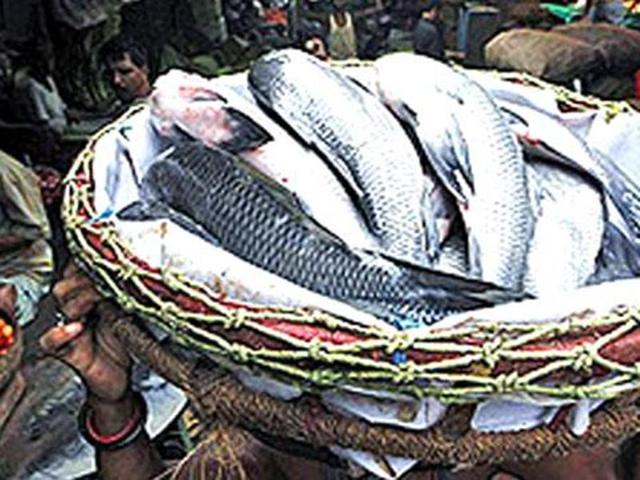Small fish all set for big Bong return
The state biodiversity board has planned to bring back some popular desi varieties that have gone missing from the fish platter.
Do you remember the last time you treated yourself to a sumptuous platter of Bacha machher jhal or tel Koi on a lazy Sunday afternoon? How often have you felt bored of having the same old Rui or Katla curry and craved for a lip-smacking dish of Pabda, Tangra, Sarpunti or Nados to liven up an otherwise dull luncheon fare?

For all fishiterians who often rue missing out on gorgeous desi, small varieties that are fast disappearing from the Bengali platter, there’s hope. The state biodiversity board has planned to bring back some popular desi varieties that have gone missing from the fish platter.
Read: Kolkata: Discovery of predator fish that resembles an alligator concerns experts
“Several small, indigenous varieties of fish such as Kani Pabda, Phasha, Nados, Sarpunti, Baim, Gonya, Koi, and Tangra, among others, have strangely gone missing from the Bengali platter. We’ve taken up a project to breed at least some of these varieties in ponds and have them cultured by village communities. These varieties have a high demand in the fish market and breeding them would also ensure an alternative source of livelihood for village folk,” AK Sanyal, chairman of the West Bengal Biodiversity Board, said.
A team of scientists from the state fisheries department had published a list of around 39 varieties of indigenous fishes, which they fear could vanish from the ponds, lakes and rivers of Bengal in the foreseeable future, unless conserved.

The People’s Biodiversity Registers, which are maintained by the Biodiversity Management Committees at the village and block levels to track and keep record of local biodiversity and natural resources, have confirmed the dwindling count of several of such desi varieties and their disappearance from some areas.
Read: Four-kilo giant Hilsa sells for Rs 22,000 on ‘Jamai Sashthi’
Experts blamed the grim trend on over-exploitation, pesticide and aquatic pollution, spread of disease, uncontrolled introduction of exotic fishes and change in habitat due to industrialisation and river-valley projects among others.
“We are planning to collect the parent stock (of such varieties) from the wild — rivers, ponds and lakes where they are still available — and go for captive and artificial breeding. Once we record a sizeable jump in population, we could put some of them in the next pond and so on,” Anirban Roy, research officer of the state biodiversity board, said.
Read: Done with Kolkata’s fish and sweets? Try its biryani this time
Discussions on the project have already been held with scientists of the state fisheries department and such central institutes as the Central Institute of Freshwater Aquaculture. While scientists from these institutes would provide the technical knowhow, the state biodiversity board would pitch in with financial support.
“We have identified around a dozen varieties that have disappeared from several areas of East Midnapore. Monsoon is the best time to collect the parent stock as the rivers are in spate and the waters gush into ponds and flood fields. We’re in the process of collecting the stock to rear them in captivity,” Somnath Dasadhikary, chairman of the Biodiversity Management Committee of Dantan I block of East Midnapore, said.





